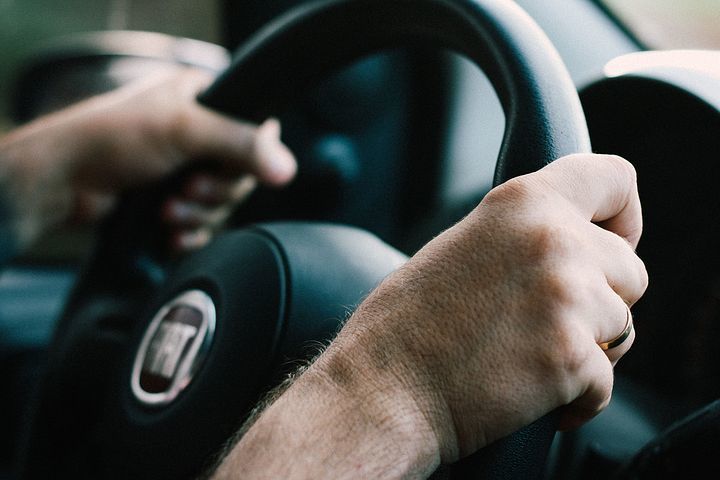
QUARTERLY data released today by the UK’s leading price comparison website, MoneySuperMarket, reveals that young drivers including those in Scotland are shouldered hefty car insurance premium increases from July to September 2017.
Of the three main factors affecting premiums in 2017 – changes to the discount rate applied to claims pay-outs, the increase in June to insurance premium tax (IPT), and fraudulent claims – the first two affect young drivers disproportionately.
The discount (or ‘Ogden’) rate was changed in March, moving from 2.5 per cent to minus 0.75 per cent. This dramatically increased the amount insurers would have to pay in compensation to someone injured in a car accident.
Statistics show that young drivers are over-represented when it comes to serious accidents resulting in death or injury, meaning insurers would target their premiums following the discount rate change.
IPT leapt by 20 per cent in June, rising from 10 per cent of premiums to 12 per cent. As younger drivers already pay the highest insurance costs across the whole motoring population, a percentage rise applied to their premiums will necessarily be the biggest.
Fraud, which in the context of car insurance is usually the result of fabricated or exaggerated whiplash claims following staged crashes or deliberate ‘accidents’, adds around £40 to every car insurance policy.
Young drivers (17-19) on a fully comprehensive policy saw an increase of 6 per cent, from £1,321.53 to £1,405.00, while those on a third party (TP) policy saw an increase of 2 per cent, from £2,606.56 to £2,664.56.
Young drivers on a third party fire and theft (TPF&T) policy saw a huge increase of 7 per cent from £1,571.66 to £1,687.87.
Insurers deliberately price TP and TPF&T policies higher than comprehensive ones because they know high-risk drivers would otherwise use them as a cheap route to getting covered.
Taking the market as a whole, fully comprehensive policy premiums decreased by 2% from £562 to £551. This reduction suggests that insurers are already reacting to the government’s decision to look again at the proposed change to the discount rate.
It has conceded that the move to minus 0.75 per cent was too severe and has signalled that it will instead stand at between 0 and 1 per cent.
While any change would need to be ratified by Parliament and would probably take effect early in 2018, the reversal means insurers are no longer having to set aside such significant amounts in long-term reserves, the cost of which they were passing on to their customers.
Kevin Pratt, consumer affairs expert at MoneySuperMarket said: “Young drivers are in despair about the spiralling cost of car insurance, with policies often costing more than the car they are driving. One potential money-saving option is to investigate ‘black box’ insurance, where insurers track driving behaviour via satellite and reward safer drivers with lower premiums.
“Everyone, regardless of age, should refuse to settle for the quote they get from their existing insurer, since firms usually reserve their best prices for new customers. Those who haven’t changed insurer for a number of years are likely to find a much cheaper quote if they shop around at renewal.”

Enjoy the convenience of having The Sunday Post delivered as a digital ePaper straight to your smartphone, tablet or computer.
Subscribe for only £5.49 a month and enjoy all the benefits of the printed paper as a digital replica.
Subscribe